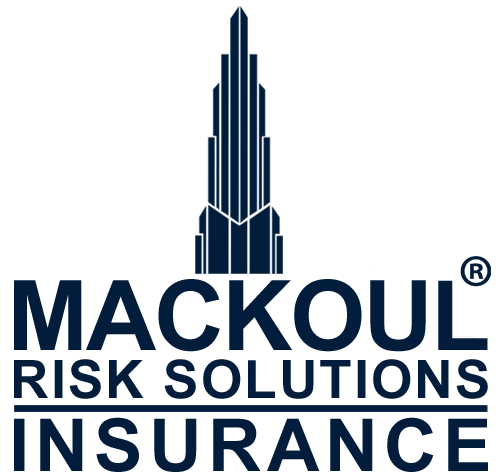
Sometimes identical buildings will be built by the same developer right next to each other. Often times they are even being built simultaneously. So why don’t those two buildings have the exact same premium?
After they are built, even though they were built the same, buildings go on to experience different things. One building could be fully occupied by unit owners while the other ends up being 50% occupied by owners and 50% rented to tenants. Carriers are no longer going to rate these buildings the same as they now have different exposures. It is assumed that an owner is going to maintain their property more regularly than a tenant. With that in mind, the carriers are going to charge more for the building that has 50% of the units being occupied by tenants. Some carriers will actually decline to offer a quote altogether because of the percentage of rentals, so it is very possible that, right off the bat, the two buildings not only have different premiums but could also have different carriers.
Another example of why they could be so different is that the buildings are going to experience different claims at different times. One building could have a leaky roof that causes damage, or someone could slip and fall outside of one of the buildings. Once a claim happens to one building and not the other, then they are no longer identical risks. Carriers will rate for claims when calculating their premiums, so a negative claims history could result in an increased premium or, in some instances, could result in carriers declining to offer a quote at all.
It isn’t just premiums that could be different. Coverages could also vary even for two identical-looking buildings. For example, one of those two buildings could be just close enough to water where it requires mandatory flood insurance, but the building next to them is just far enough away and just slightly higher in elevation where it doesn’t need mandatory flood insurance. Another example could be based on claims history where one building experienced the same type of claim so often that it resulted in the carriers specifically excluding it from coverage while the other building that doesn’t have any of these types of claims is still able to maintain that coverage without any premium increase or exclusion present.
Long story short, just because two buildings seem identical based on appearance, square footage, amenities, unit count, etc., does not mean that they are actually identical when it comes to all the various aspects that an insurance carrier must look into when underwriting an account and calculating the premium.
Give me a call or shoot me an email with questions any time. I’m always happy to help.

